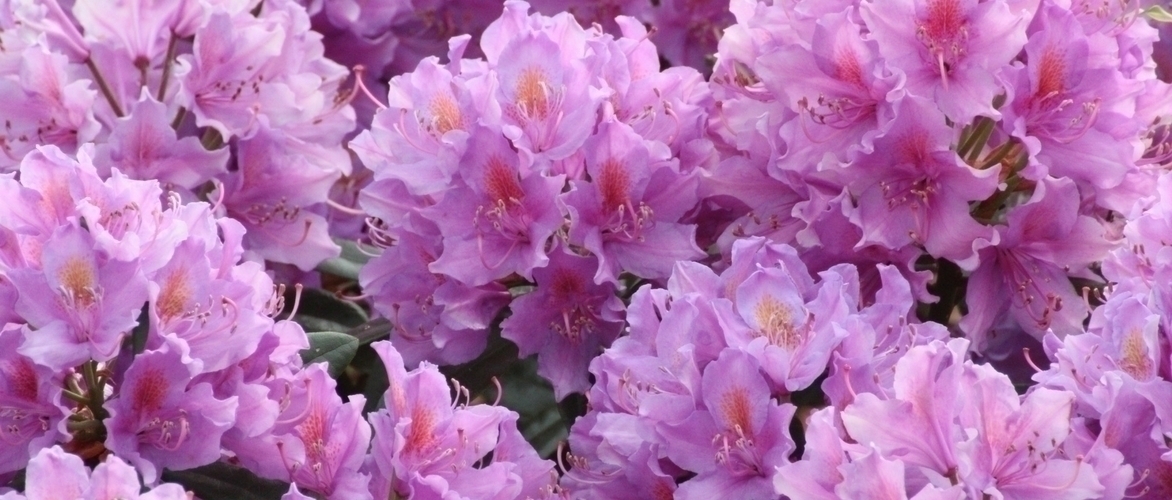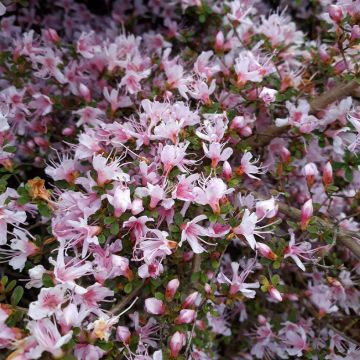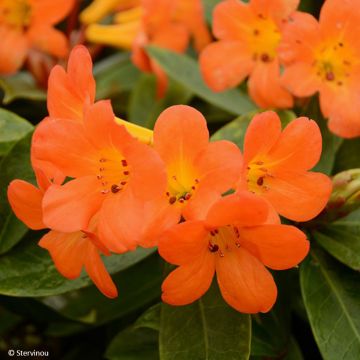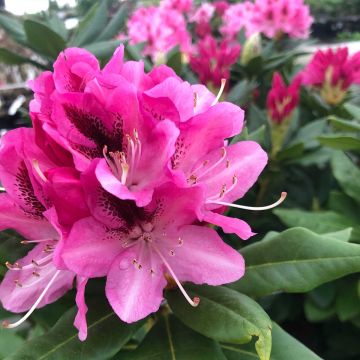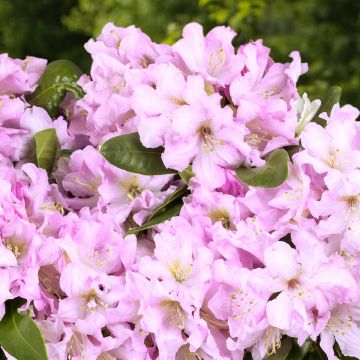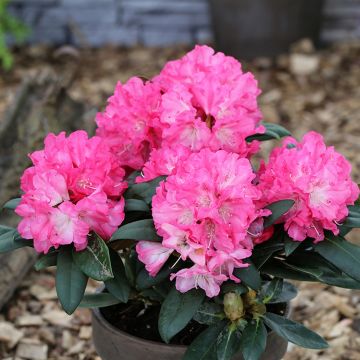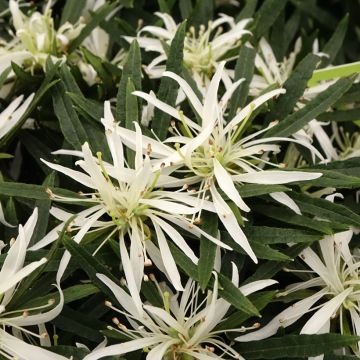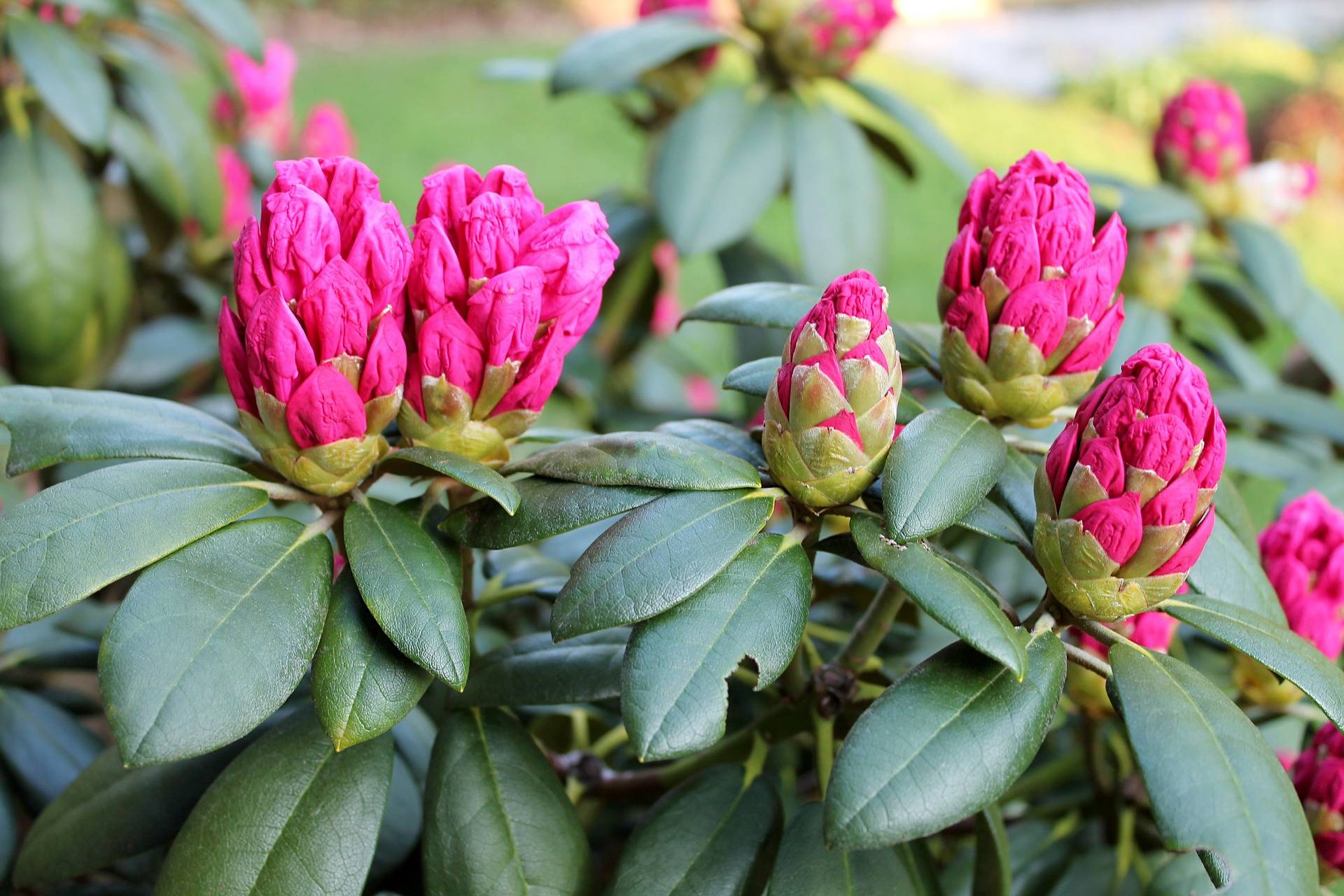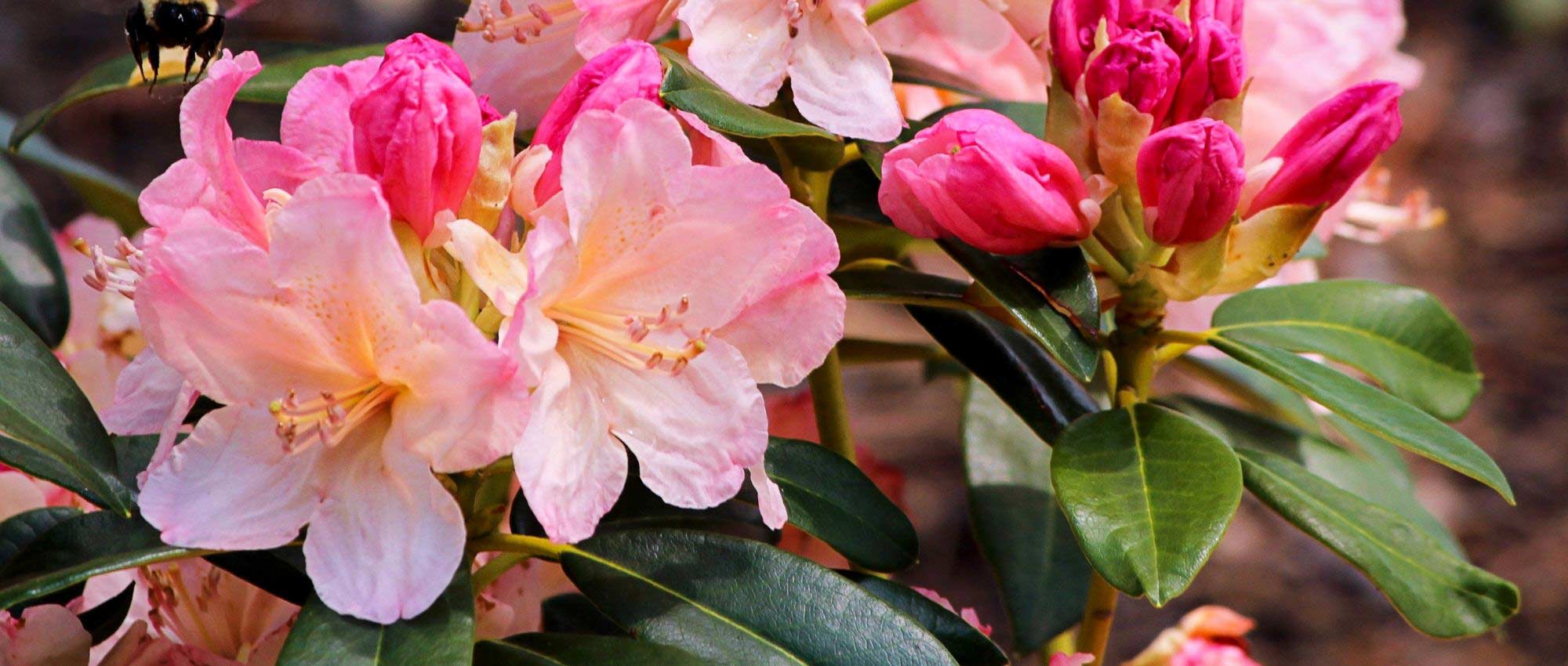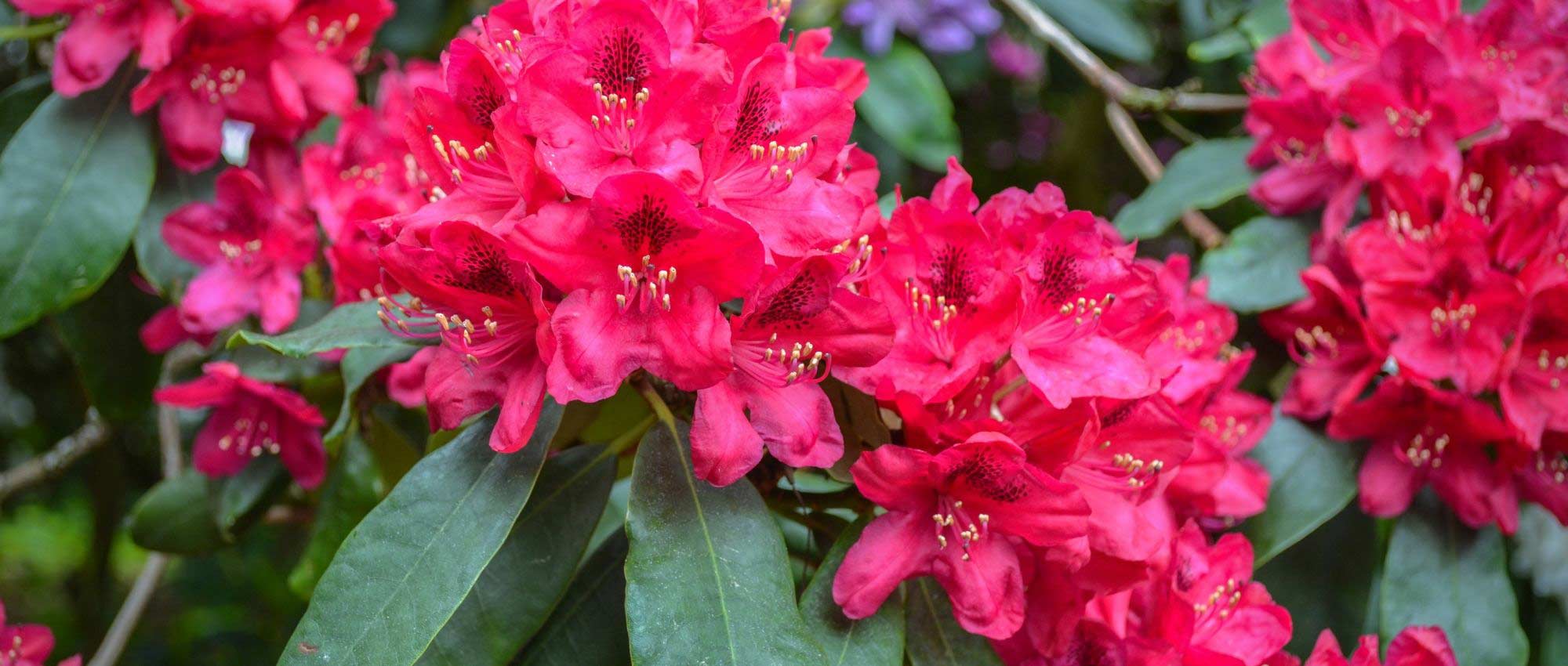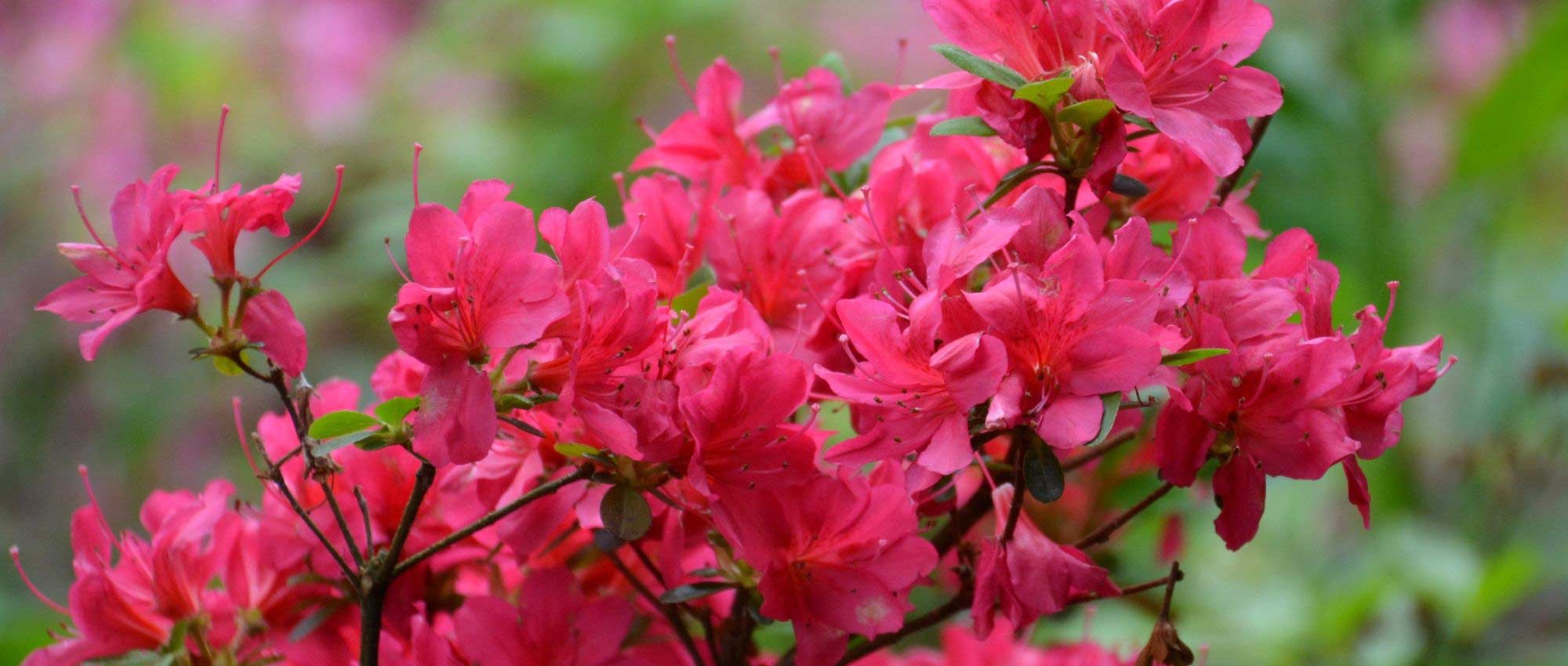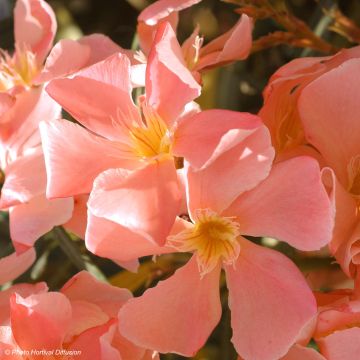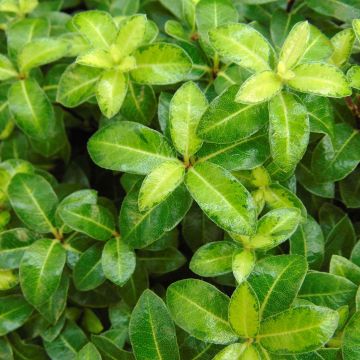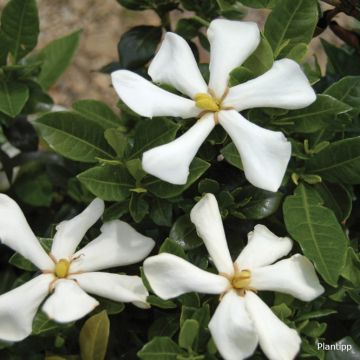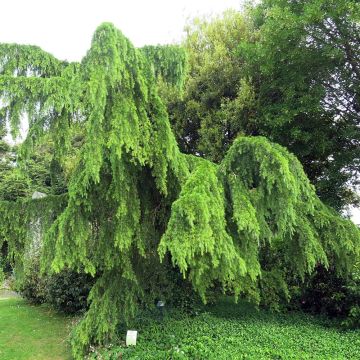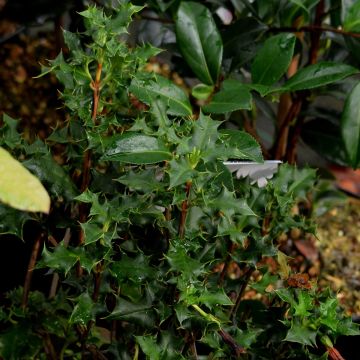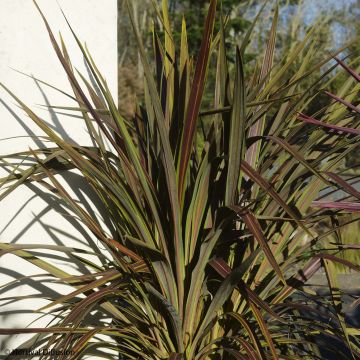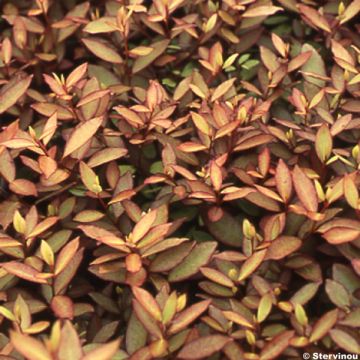

Rhododendron vireya Hendrik's Kers - Tropical Rhododendron
Rhododendron vireya Hendrik's Kers - Tropical Rhododendron
Rhododendron Hendrick's ker
Tropical Rhododendron
Special offer!
Receive a €20 voucher for any order over €90 (excluding delivery costs, credit notes, and plastic-free options)!
1- Add your favorite plants to your cart.
2- Once you have reached €90, confirm your order (you can even choose the delivery date!).
3- As soon as your order is shipped, you will receive an email containing your voucher code, valid for 3 months (90 days).
Your voucher is unique and can only be used once, for any order with a minimum value of €20, excluding delivery costs.
Can be combined with other current offers, non-divisible and non-refundable.
Home or relay delivery (depending on size and destination)
Schedule delivery date,
and select date in basket
This plant carries a 24 months recovery warranty
More information
We guarantee the quality of our plants for a full growing cycle, and will replace at our expense any plant that fails to recover under normal climatic and planting conditions.
Would this plant suit my garden?
Set up your Plantfit profile →
Description
Rhododendron 'Hendrik's kers' is a variety of tropical origin with a compact habit, as wide as it is tall. This uncommon small shrub has dark green evergreen foliage that is ornamental all year round. Its late flowering occurs over several months in autumn and winter. It produces clusters of small, brilliantly bright red trumpets, beautifully set off by the dark vegetation. Easy to maintain in a pot due to its limited size, this small Rhododendron, which is not very hardy, can be grown anywhere and brought indoors for winter protection.
Rhododendrons belong to the Ericaceae family, which includes over a hundred genera, the most well-known of which are probably Blueberries or Heather (Erica, Calluna, Daboecia...), and also some rarer gems, such as Zenobia pulverulenta, or Tree Lily of the Valley. The Rhododendron genus is a highly diverse group, ranging from shrubs to trees over 15m tall. The botanical classification of this prolific genus (around 850 species) is organised into subgenera, sections, and subsections. While hardy Rhododendrons (which also include Azaleas) are very familiar to us, the Vireya section includes no less than 300 tropical species, often epiphytic, growing on trees like many orchids, while others are terrestrial, growing in the ground.
'Hendrick's kers' is a variety of this section, semi-epiphytic and can be grown in the ground. Growing quite slowly, this compact small shrub reaches a height of 60cm after 10 years of cultivation with an equivalent width, and will not exceed 80cm at maturity. Its foliage consists of small elliptical, 4 to 6cm long leaves in a beautiful dark green with a slightly glossy surface. The evergreen foliage is ornamental all year round, providing a superb backdrop to the flowering in autumn and winter, lasting for several months. In their original tropical climate, vireya Rhododendrons flower practically all year round. 'Hendrik's kers' forms clusters of about ten small flowers, approximately 4 to 5cm long, carried on flexible flower stalks. The petals are fused at the base (a characteristic of the Ericaceae family called gamopetalous flowers), making the flowers tubular until their opening at the end where they trumpet. A cluster of stamens protrudes from the corolla which shines in bright red, bringing joy during a sometimes gloomy time of year. This explosion of colour will be even more long-lasting if the faded flowers are regularly removed to prevent the plant from becoming tired.
Rhododendron vireya plants are tropical and while 'Hendrik's kers' can withstand brief frosts down to approximately -5°C, it will be difficult to grow outdoors. It is best to consider it as a plant to overwinter indoors. Its small size makes it very easy to keep in a pot, and also to provide it with a suitable acidic substrate and a bright exposure, but protected from intense sunlight by a light shade. Pair it with orangery plants to create an exotic scene without worrying about the rigours of the climate. Phoenix roebelinii, or Miniature Date Palm, is an adorable dwarf palm tree that is extremely decorative with its long, finely cut leaves. Well-suited to container culture, it will perfectly accompany your tropical Rhododendron. A classic but always spectacular and appreciated for its dark green, slightly arching and rigid leaves, Cycas revoluta, or Japanese Sago Palm, is also excellent for adding a touch of exoticism, even though it actually withstands cold better than its tropical appearance suggests. To perfect your scene, add a Russelia equisetiformis, the aptly named Coral Plant, which will allow you to create a beautifully flowered container, with its extremely slender, flexible and weeping stems adorned with small, bright red tubular flowers, a nod to those of your Rhododendron. Its flowering from May to autumn will announce that of 'Hendrik's kers', providing dazzling colours for three-quarters of the year.
Rhododendron vireya Hendrik's Kers - Tropical Rhododendron in pictures
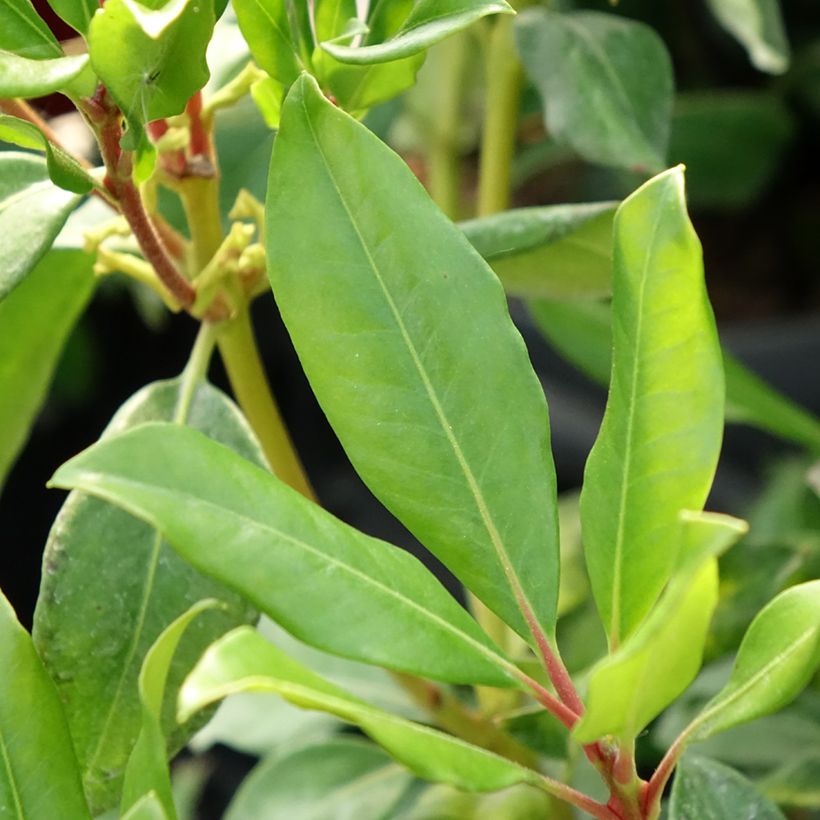

Plant habit
Flowering
Foliage
Botanical data
Rhododendron
Hendrick's ker
Ericaceae
Tropical Rhododendron
Cultivar or hybrid
Other Small Rhododendron
View all →Planting and care
Rhododendron 'Hendrik's Kers' is a tropical variety that can only tolerate brief and light frosts, around -5°C. It should be grown in a pot to be protected from frost during winter. Plant it in a pot with a diameter of about thirty centimetres to start with, and after a few years, repot it in a slightly larger container. Use an acidic planting soil (pH 5 to 6) that is well-draining, and optionally add a layer of non-calcareous gravel at the bottom. Choose a semi-shaded location, under plants that can maintain a certain humidity in the air through their evapotranspiration. Avoid windy and drying areas, and during hot periods, occasionally mist around the plant. Regularly remove faded flowers to prolong the flowering period. Even though the plant can tolerate light frosts, it is preferable to bring it indoors before winter to protect it.
Planting period
Intended location
Care
Planting & care advice
This item has not been reviewed yet - be the first to leave a review about it.
Similar products
Haven't found what you were looking for?
Hardiness is the lowest winter temperature a plant can endure without suffering serious damage or even dying. However, hardiness is affected by location (a sheltered area, such as a patio), protection (winter cover) and soil type (hardiness is improved by well-drained soil).

Photo Sharing Terms & Conditions
In order to encourage gardeners to interact and share their experiences, Promesse de fleurs offers various media enabling content to be uploaded onto its Site - in particular via the ‘Photo sharing’ module.
The User agrees to refrain from:
- Posting any content that is illegal, prejudicial, insulting, racist, inciteful to hatred, revisionist, contrary to public decency, that infringes on privacy or on the privacy rights of third parties, in particular the publicity rights of persons and goods, intellectual property rights, or the right to privacy.
- Submitting content on behalf of a third party;
- Impersonate the identity of a third party and/or publish any personal information about a third party;
In general, the User undertakes to refrain from any unethical behaviour.
All Content (in particular text, comments, files, images, photos, videos, creative works, etc.), which may be subject to property or intellectual property rights, image or other private rights, shall remain the property of the User, subject to the limited rights granted by the terms of the licence granted by Promesse de fleurs as stated below. Users are at liberty to publish or not to publish such Content on the Site, notably via the ‘Photo Sharing’ facility, and accept that this Content shall be made public and freely accessible, notably on the Internet.
Users further acknowledge, undertake to have ,and guarantee that they hold all necessary rights and permissions to publish such material on the Site, in particular with regard to the legislation in force pertaining to any privacy, property, intellectual property, image, or contractual rights, or rights of any other nature. By publishing such Content on the Site, Users acknowledge accepting full liability as publishers of the Content within the meaning of the law, and grant Promesse de fleurs, free of charge, an inclusive, worldwide licence for the said Content for the entire duration of its publication, including all reproduction, representation, up/downloading, displaying, performing, transmission, and storage rights.
Users also grant permission for their name to be linked to the Content and accept that this link may not always be made available.
By engaging in posting material, Users consent to their Content becoming automatically accessible on the Internet, in particular on other sites and/or blogs and/or web pages of the Promesse de fleurs site, including in particular social pages and the Promesse de fleurs catalogue.
Users may secure the removal of entrusted content free of charge by issuing a simple request via our contact form.
The flowering period indicated on our website applies to countries and regions located in USDA zone 8 (France, the United Kingdom, Ireland, the Netherlands, etc.)
It will vary according to where you live:
- In zones 9 to 10 (Italy, Spain, Greece, etc.), flowering will occur about 2 to 4 weeks earlier.
- In zones 6 to 7 (Germany, Poland, Slovenia, and lower mountainous regions), flowering will be delayed by 2 to 3 weeks.
- In zone 5 (Central Europe, Scandinavia), blooming will be delayed by 3 to 5 weeks.
In temperate climates, pruning of spring-flowering shrubs (forsythia, spireas, etc.) should be done just after flowering.
Pruning of summer-flowering shrubs (Indian Lilac, Perovskia, etc.) can be done in winter or spring.
In cold regions as well as with frost-sensitive plants, avoid pruning too early when severe frosts may still occur.
The planting period indicated on our website applies to countries and regions located in USDA zone 8 (France, United Kingdom, Ireland, Netherlands).
It will vary according to where you live:
- In Mediterranean zones (Marseille, Madrid, Milan, etc.), autumn and winter are the best planting periods.
- In continental zones (Strasbourg, Munich, Vienna, etc.), delay planting by 2 to 3 weeks in spring and bring it forward by 2 to 4 weeks in autumn.
- In mountainous regions (the Alps, Pyrenees, Carpathians, etc.), it is best to plant in late spring (May-June) or late summer (August-September).
The harvesting period indicated on our website applies to countries and regions in USDA zone 8 (France, England, Ireland, the Netherlands).
In colder areas (Scandinavia, Poland, Austria...) fruit and vegetable harvests are likely to be delayed by 3-4 weeks.
In warmer areas (Italy, Spain, Greece, etc.), harvesting will probably take place earlier, depending on weather conditions.
The sowing periods indicated on our website apply to countries and regions within USDA Zone 8 (France, UK, Ireland, Netherlands).
In colder areas (Scandinavia, Poland, Austria...), delay any outdoor sowing by 3-4 weeks, or sow under glass.
In warmer climes (Italy, Spain, Greece, etc.), bring outdoor sowing forward by a few weeks.






























